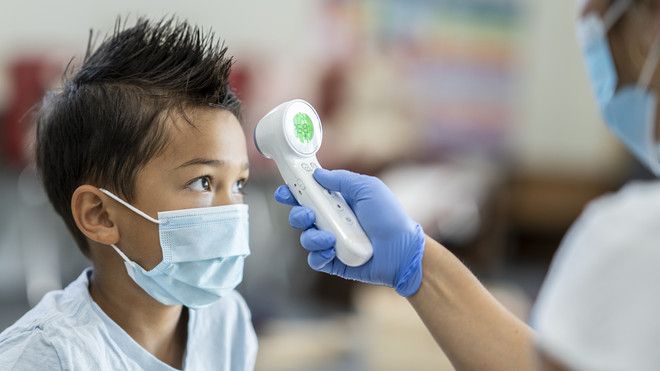
Coronavirus has infected people of all age groups and children are at high risk of contracting the virus. The patients are both, symptomatic and asymptomatic and a key difference has been found in the children who are COVID-19 positive.
A research study has shown that children who are asymptomatic carry a less viral load as compared to the children who are symptomatic. This can affect the efficiency of the tests which are done to confirm the infection.

The research study was published in Journal of Clinical Microbiology and the difference is viral load and appearance of symptoms has not been explained. The scientists are still unclear why asymptomatic children carry less viral load and how it can affect the accuracy of COVID-19 testing.
“While these findings provide some reassurance about the safety of asymptomatically infected children attending school, these unanswered questions suggest that risk mitigation measures in daycares, schools and the community remain critical to reducing the spread of COVID-19,” said author Larry Kociolek who is a pediatric infectious diseases expert and also conducted the study.
There is not enough evidence to conclude why it is difficult to predict who has more or less viral load. Meanwhile, doctors and scientists have asked people to continue taking precautions and practice social distancing.
Make sure that children wear masks and sanitize their hands frequently. It is best to not take young children to public places as they are likely to contract an infection.





